For kitchen professionals, ensuring perfectly cooked dishes is paramount. However, even the most seasoned chefs can encounter challenges with their tools, particularly with cast iron cookware. One common issue is uneven heat distribution, which can significantly impact cooking results. Let's delve into how to fix uneven heat in cast iron skillets and pans, ensuring every meal is cooked to perfection.
Understanding the intricacies of cast iron cooking is crucial for any kitchen professional. The primary keyword, how to fix uneven heat in cast iron, resonates strongly with those seeking to optimize their culinary tools. Addressing this issue not only improves cooking outcomes but also enhances the longevity of your cookware.
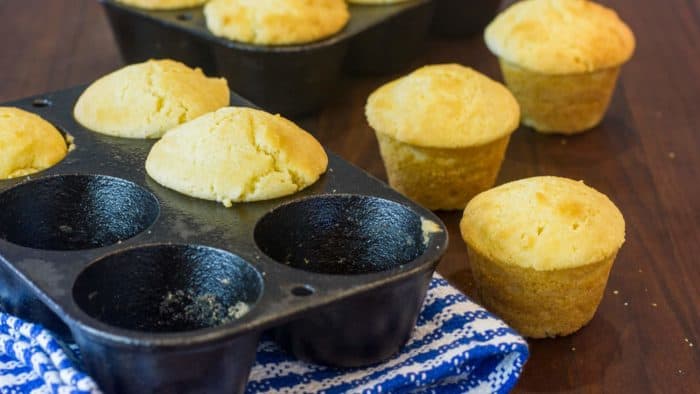
Understanding Cast Iron Heat Distribution
Before diving into solutions, it's essential to understand why cast iron can distribute heat unevenly. Cast iron is renowned for its ability to retain heat, which is why many chefs prefer it for searing and slow cooking. However, its heat conductivity is relatively low compared to other materials. This means it can take longer to heat up and cool down, leading to potential hot spots if not handled correctly.
For more tips on managing heat, check out Temperature Control in Cast Iron Cooking on Culina Cooks.
Steps to Fix Uneven Heat in Cast Iron
1. Preheat Gradually
One of the simplest ways to ensure even heat distribution is by preheating your cast iron cookware gradually. Instead of placing the pan on high heat immediately, start with a low setting and allow the pan to warm up over a few minutes. This slow increase in temperature helps distribute heat evenly across the surface.
2. Use the Right Heat Source
The type of heat source can also influence how heat is distributed in cast iron. Gas stoves generally provide more consistent and controllable heat compared to electric stoves. If you're working with an electric stove, consider using a heat diffuser to help spread the heat more evenly.
3. Season Your Cast Iron Regularly
Regular seasoning not only protects the surface from rust but also enhances heat distribution. A well-seasoned pan will have a smoother surface, allowing heat to spread more uniformly. For insights on seasoning, read about Re-seasoning Vintage Cast Iron Muffin Pans.
4. Avoid Using Cold Ingredients
Introducing cold ingredients to a hot pan can cause temperature fluctuations, leading to uneven cooking. Allow meats and vegetables to reach room temperature before adding them to the pan. This practice helps maintain a consistent temperature throughout the cooking process.
Additional Tips for Kitchen Professionals
For those working in a fast-paced kitchen environment, efficiency is key. Here are a few additional tips to ensure your cast iron cookware performs optimally:
- Rotate the Pan: If you're cooking on an uneven stove, regularly rotating the pan can help distribute heat more evenly.
- Check for Warping: Over time, cast iron can warp, especially if exposed to sudden temperature changes. Ensure your pan sits flat to guarantee even contact with the heat source.
- Invest in Quality Cookware: High-quality cast iron pans are less prone to uneven heating. Consider investing in reputable brands known for their craftsmanship.
For more professional tips, visit Cracking Sound While Baking in Cast Iron Pan.
Conclusion
Mastering the art of cooking with cast iron is a valuable skill for any kitchen professional. By understanding the nuances of heat distribution and implementing these simple strategies, you can ensure consistently delicious results. Remember, the key to fixing uneven heat in cast iron lies in gradual preheating, using the right heat source, regular seasoning, and avoiding cold ingredients. With these tips in mind, your cast iron cookware will serve you well for years to come.
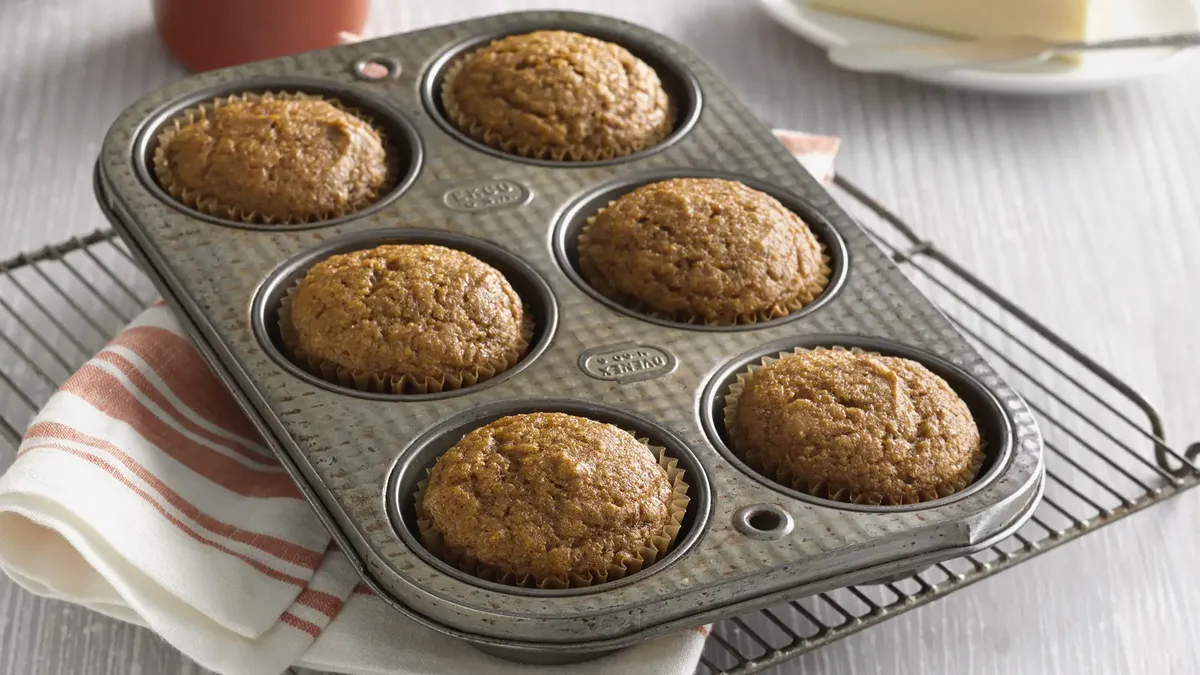
FAQ Section
1. Can I use cast iron on all types of stovetops?
Yes, cast iron is versatile and can be used on gas, electric, induction, and even open flames. However, for electric stoves, using a heat diffuser is recommended to ensure even heat distribution.
2. How often should I season my cast iron pan?
It's advisable to season your cast iron pan after every few uses. Regular seasoning maintains its non-stick surface and aids in even heat distribution.
3. What should I do if my cast iron pan warps?
If your pan has warped, try to avoid sudden temperature changes in the future. Unfortunately, once warped, it can be challenging to fix. Investing in a high-quality replacement may be the best solution.
For further reading and tips on cast iron cooking, explore the Clever Uses for Muffin Tins article on AllRecipes.
This article contains affiliate links. We may earn a commission at no extra cost to you.

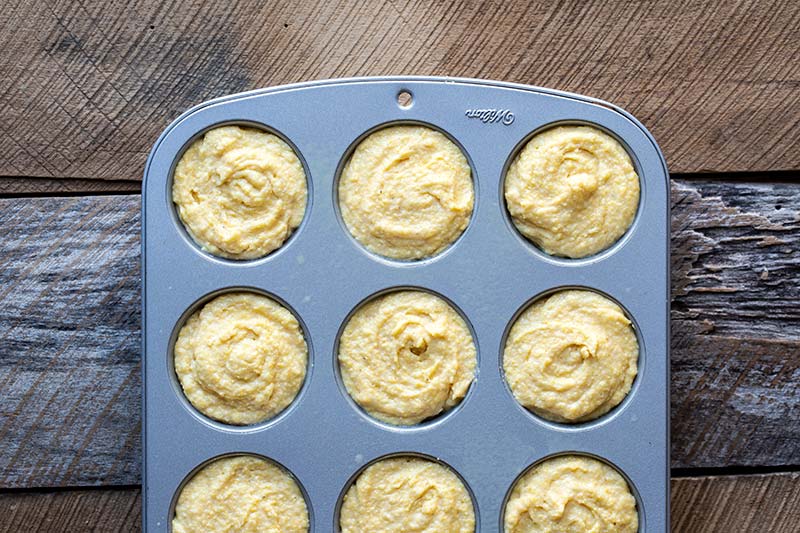


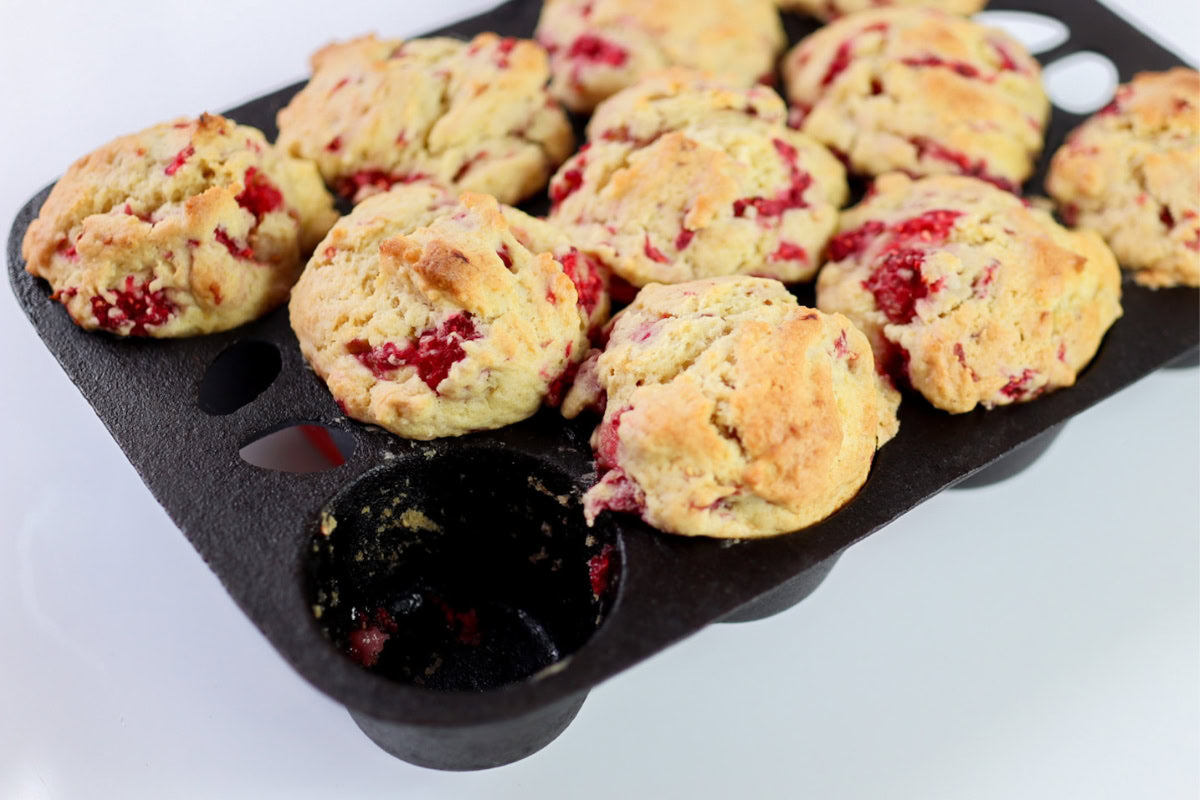
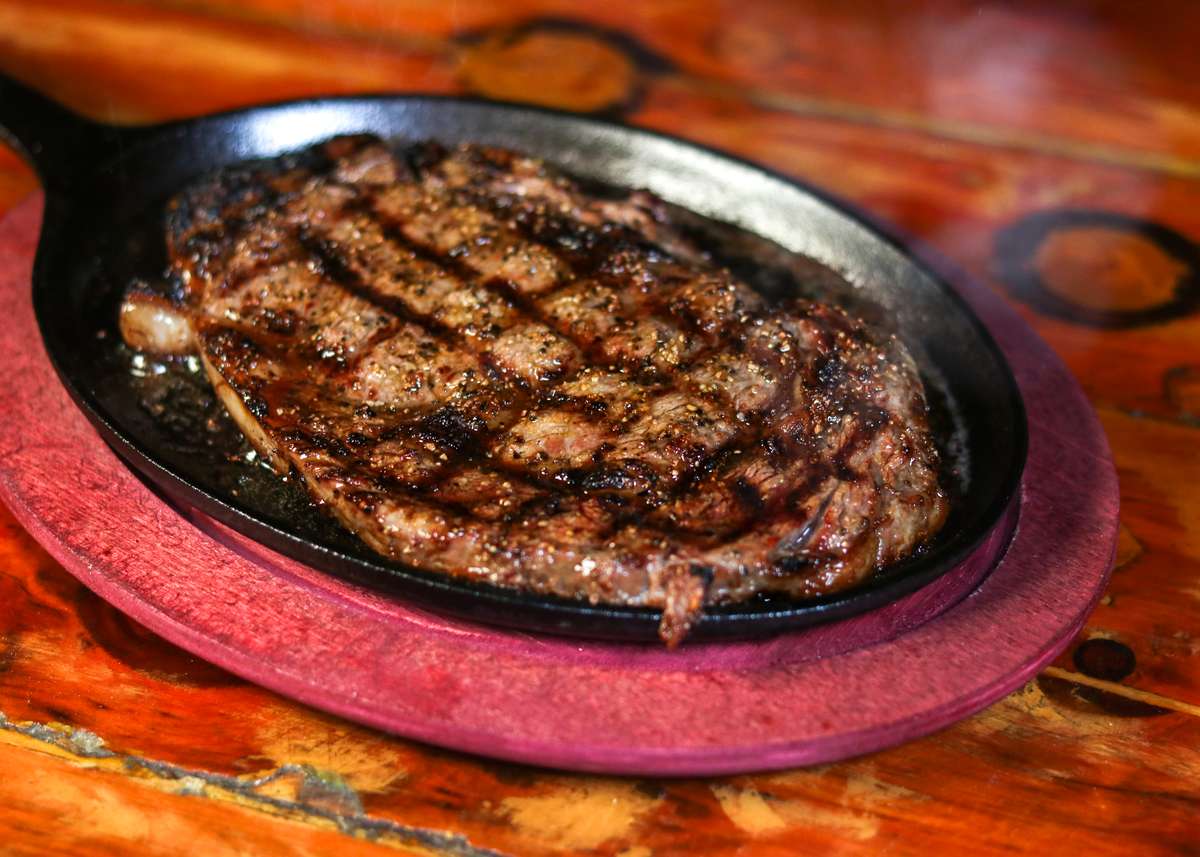
Leave a comment
This site is protected by hCaptcha and the hCaptcha Privacy Policy and Terms of Service apply.